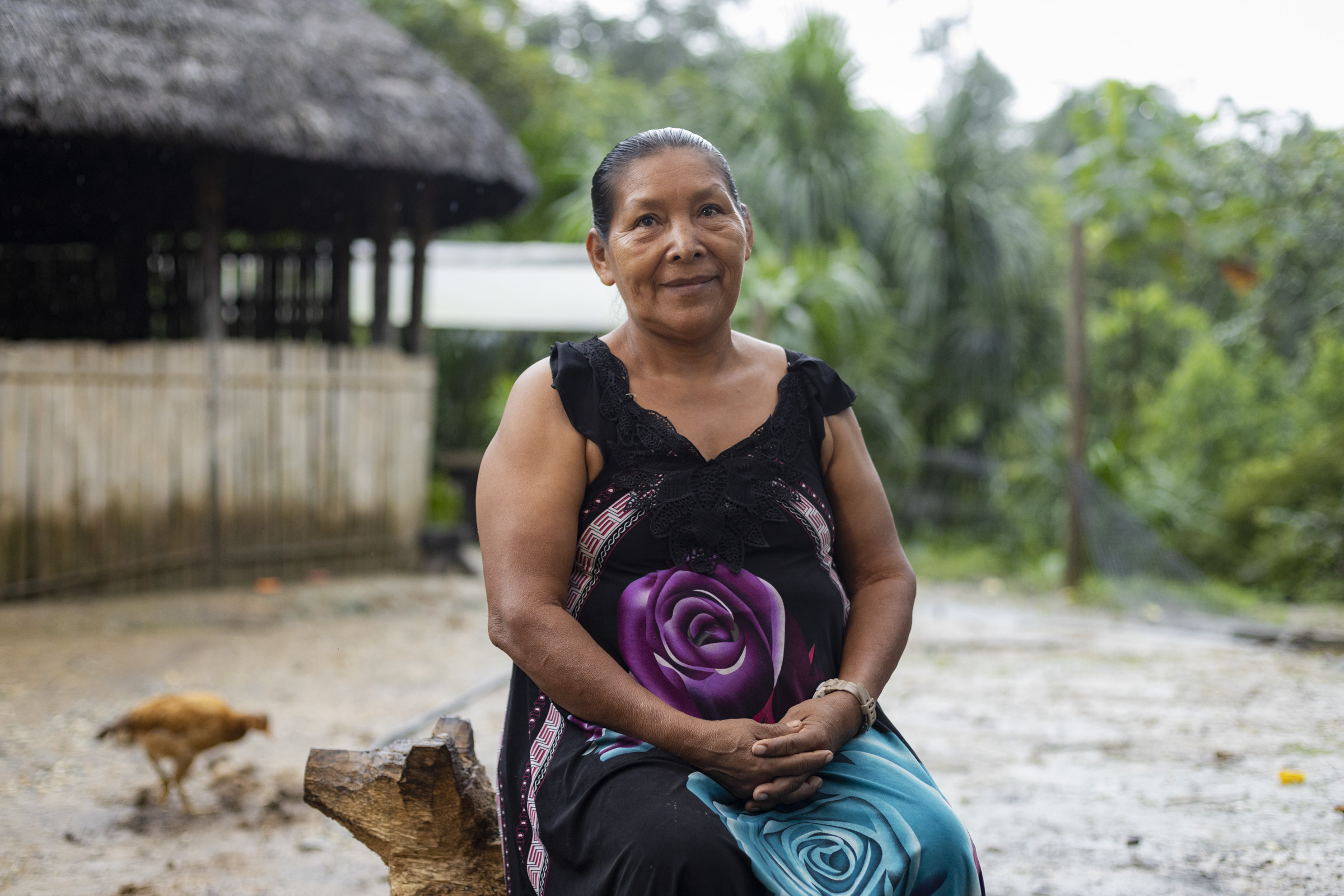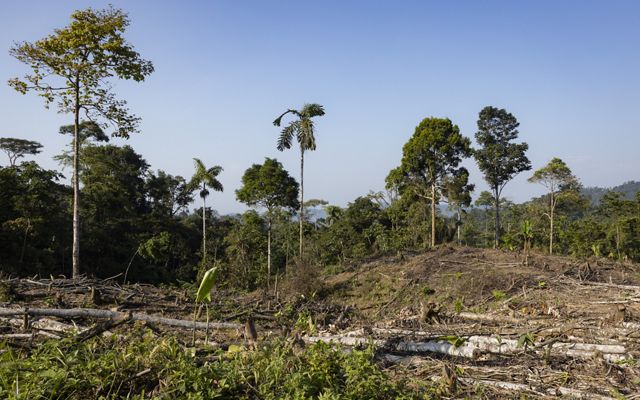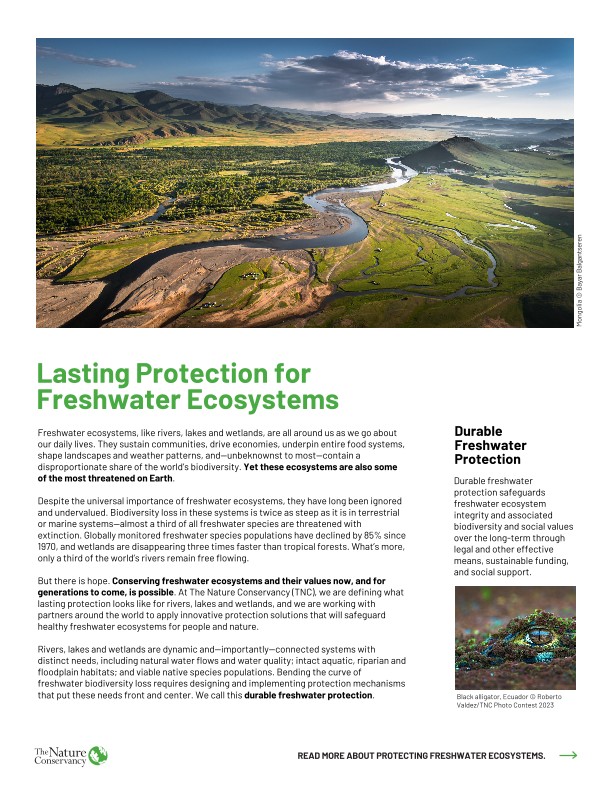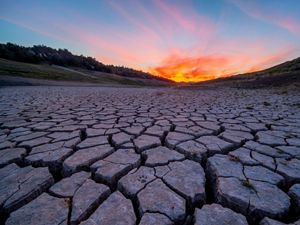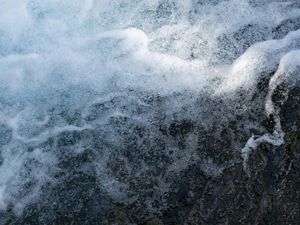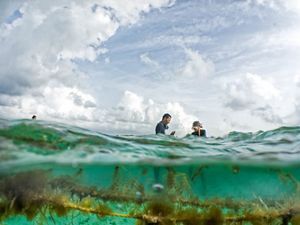Ecuador Announces Its First Debt Conversion to Support Terrestrial and Freshwater Conservation in the Amazon, Supported by TNC’s Nature Bonds Program
Debt conversion for Ecuador expected to unlock approximately $460 million in funding for the Amazon Biocorridor Program over the next 17 years to support conservation and people.





